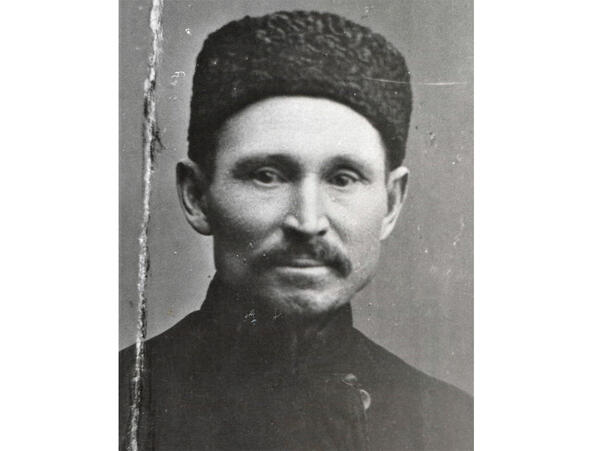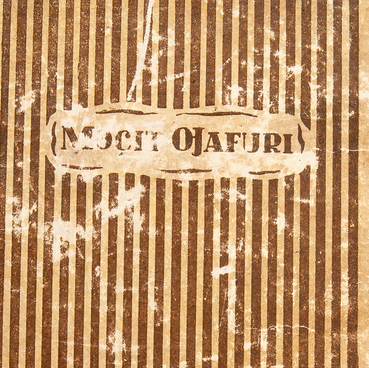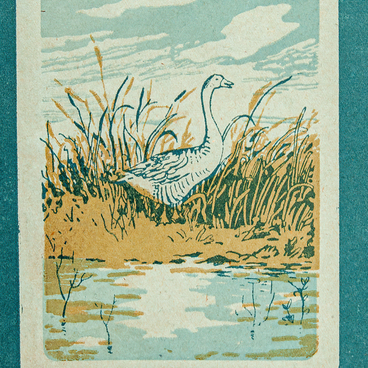This photo is of Zia Kamali, rector of the ‘Galiya’ madrassa, a Muslim educational institution. He was born in 1873 into a poor peasant family, and he received his primary education at the school of his native village. His father sent him to Ufa to study in the ‘Usmaniya’ madrassa, although his father did not have much money. After finishing the course, Kamali remained at the school as a teacher of theological disciplines in Arabic. The Muslim charitable society of Ufa sent him to study in Istanbul in 1898. From there, he soon transferred to Cairo to study at the Faculty of Philosophy of Al-Azkhar University.
Zia Kamali returned to Russia in 1904. He considered literacy and enlightenment the main way to overcome poverty and national inequality. After arriving in Ufa, he began teaching at the ‘Usmaniya’ madrassa and took an active part in public life. He also promoted his ideas on the pages of periodicals, particularly in the newspaper ‘Muslim World’, which was published in Ufa since 1906. At the same time, Kamali founded the new madrassa ‘Galiya’ in Ufa, which, with the help of patrons of the arts and progressive intellectuals, became the first higher Muslim school in Russia.
In 1909, Kamali was appointed the Imam of the Second Cathedral Mosque of Ufa and became the official director of the madrassa. In addition, he organized annual educational courses for elementary school teachers. Kamali sought to democratize public and religious life. In 1923, he was elected a member of the Russia’s Central Spiritual Governance for Muslims of the European part of the USSR and Siberia.
During these years, Zia Kamali published a number of articles in the periodical press, in which he called on Muslims not to renounce their faith in the conditions of the totalitarian regime. But even attempts to “socialize” Islamic teachings did not save Kamali from a new wave of repression. In 1936, he was arrested on charges of counterrevolutionary activity and was sentenced to seven years in prison. Zia Kamali died in the Samara prison, and in 1956, he was posthumously rehabilitated.
Zia Kamali returned to Russia in 1904. He considered literacy and enlightenment the main way to overcome poverty and national inequality. After arriving in Ufa, he began teaching at the ‘Usmaniya’ madrassa and took an active part in public life. He also promoted his ideas on the pages of periodicals, particularly in the newspaper ‘Muslim World’, which was published in Ufa since 1906. At the same time, Kamali founded the new madrassa ‘Galiya’ in Ufa, which, with the help of patrons of the arts and progressive intellectuals, became the first higher Muslim school in Russia.
In 1909, Kamali was appointed the Imam of the Second Cathedral Mosque of Ufa and became the official director of the madrassa. In addition, he organized annual educational courses for elementary school teachers. Kamali sought to democratize public and religious life. In 1923, he was elected a member of the Russia’s Central Spiritual Governance for Muslims of the European part of the USSR and Siberia.
During these years, Zia Kamali published a number of articles in the periodical press, in which he called on Muslims not to renounce their faith in the conditions of the totalitarian regime. But even attempts to “socialize” Islamic teachings did not save Kamali from a new wave of repression. In 1936, he was arrested on charges of counterrevolutionary activity and was sentenced to seven years in prison. Zia Kamali died in the Samara prison, and in 1956, he was posthumously rehabilitated.



